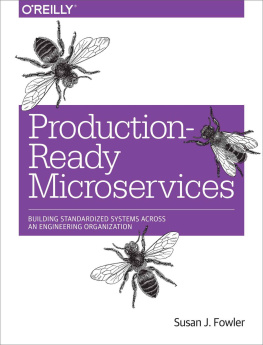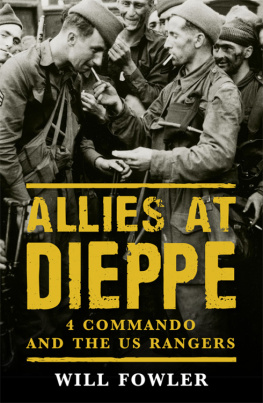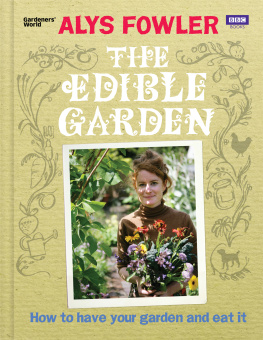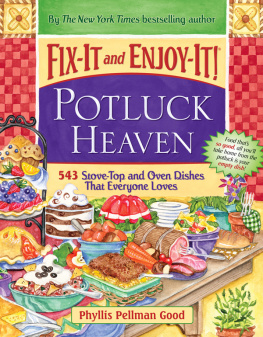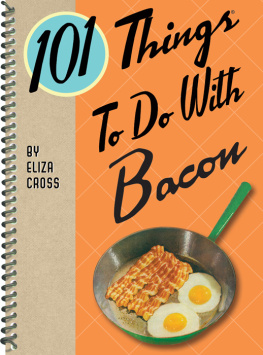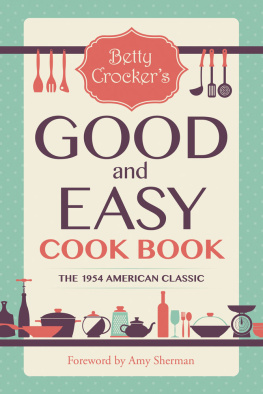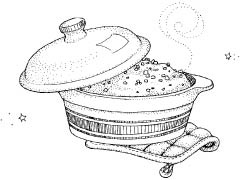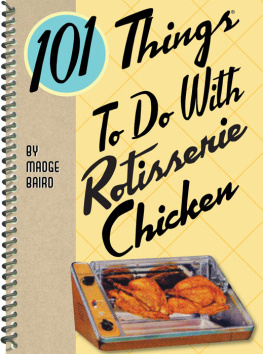Fowler - Ham
Here you can read online Fowler - Ham full text of the book (entire story) in english for free. Download pdf and epub, get meaning, cover and reviews about this ebook. City: Chapel Hill, year: 2017, publisher: The University of North Carolina Press, genre: Home and family. Description of the work, (preface) as well as reviews are available. Best literature library LitArk.com created for fans of good reading and offers a wide selection of genres:
Romance novel
Science fiction
Adventure
Detective
Science
History
Home and family
Prose
Art
Politics
Computer
Non-fiction
Religion
Business
Children
Humor
Choose a favorite category and find really read worthwhile books. Enjoy immersion in the world of imagination, feel the emotions of the characters or learn something new for yourself, make an fascinating discovery.

- Book:Ham
- Author:
- Publisher:The University of North Carolina Press
- Genre:
- Year:2017
- City:Chapel Hill
- Rating:4 / 5
- Favourites:Add to favourites
- Your mark:
- 80
- 1
- 2
- 3
- 4
- 5
Ham: summary, description and annotation
We offer to read an annotation, description, summary or preface (depends on what the author of the book "Ham" wrote himself). If you haven't found the necessary information about the book — write in the comments, we will try to find it.
Fowler: author's other books
Who wrote Ham? Find out the surname, the name of the author of the book and a list of all author's works by series.
Ham — read online for free the complete book (whole text) full work
Below is the text of the book, divided by pages. System saving the place of the last page read, allows you to conveniently read the book "Ham" online for free, without having to search again every time where you left off. Put a bookmark, and you can go to the page where you finished reading at any time.
Font size:
Interval:
Bookmark:
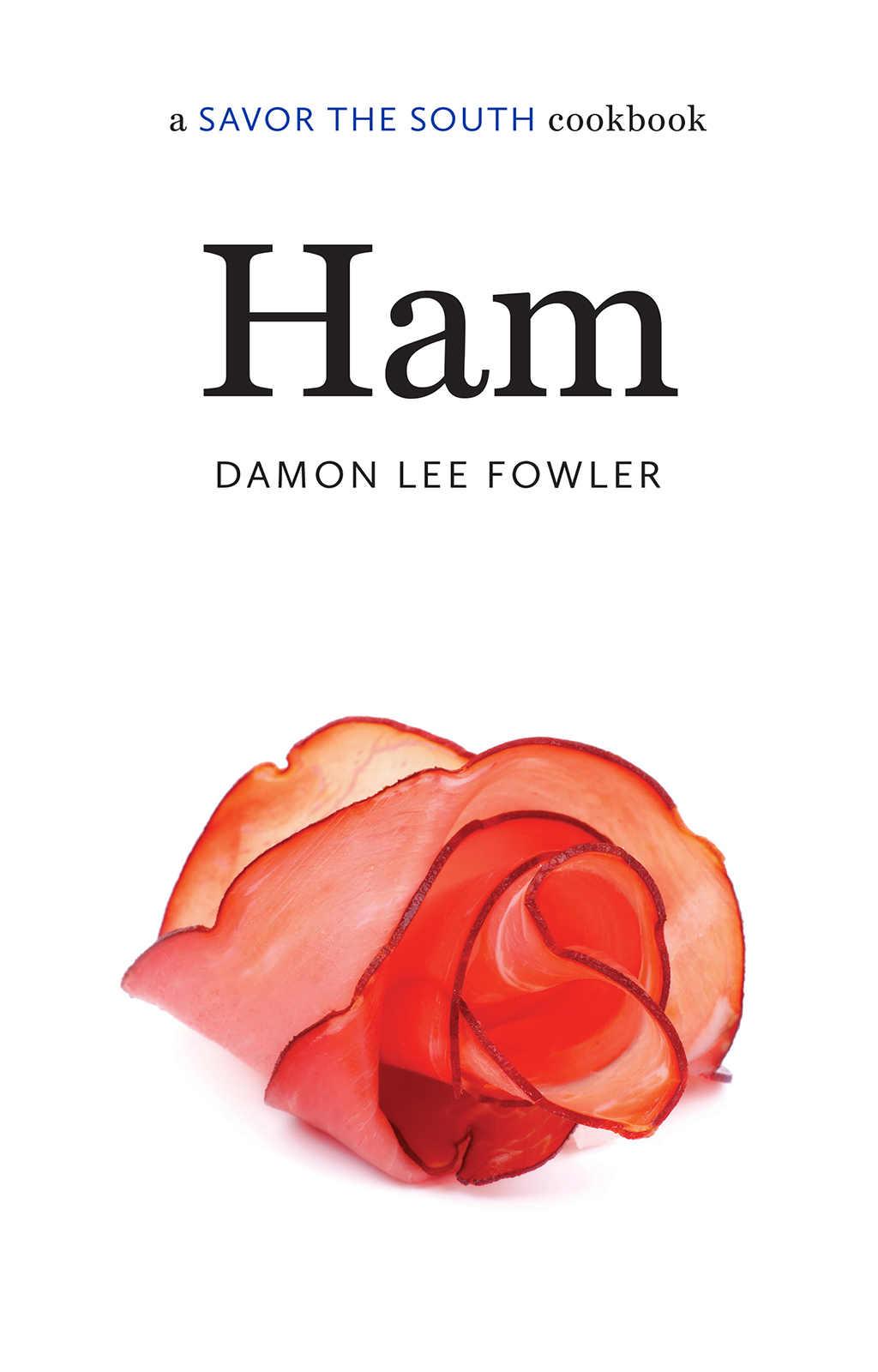
In a funny way, this little collection of recipes spans nearly four decades of cooking and writing about food. To try to thank everyone who has been involved in a lifetime of learning and growing as a writer and cook would be foolhardy, even if there was enough space to do so. But I must single out the long line of editors who have nurtured me as a writer: Erica Marcus, Harriet Bell, Janice Easton, Sydny Miner, Beth Cheuk, Katie Benoit Cardoso, Amy Lyons, and now, Elaine Maisner at UNC Press, who I especially thank for her belief in my work in southern food and its history and for including me in this series. Thanks also are due to the UNC Press team who were involved in putting this book together, particularly my vigilant copyeditor Mary Carley Caviness. Thanks also to Josh Rayburn and Andria Segedy, my editors at the Savannah Morning News during this project, and to the loyal readers of my regular columns in that paper, all of whom patiently endured so many stories about ham over the last year. I also must thank friends and colleagues Helen Chen and Michele Scicolone, the former for invaluable advice and guidance on Chinese cooking, and the latter for her wisdom on all things Italian. I also thank my parents, who have never stopped believing in me and have never complained about all those years of architecture school that ended up giving way to a completely different career.
Finally, a special thank you to Timothy Lindsay Hall, who has filled my heart and home life with so much joy and peace, and has never once complained about all the ham he had to eat over the last year. He met each test run cheerfully, unflinchingly pointing out things that werent up to par, and enthusiastically praising each dish that succeeded.
Sauting, frying, pan-frying, and pan-broiling: These techniques are often confused with one another, but while all four may involve a shallow pan or skillet, there the resemblance ends.
The word saut is from the French verb sauter, meaning to jump, and in culinary terms, a proper saut is when food is quite literally jumping in the pan so that it cooks evenlythat is, the cook is constantly agitating it either by shaking the pan, by stirring with a spatula or spoon, or by regularly flipping it with a spatula or pair of tongs. Its often mistranslated as to lightly fry, but thats not really an accurate description of what happens. This technique is used for smaller pieces of hamfor browning diced or julienned ham or for regularly turning thin medallions of country ham as they cook.
To fry is to cook in boiling fat, either by submerging the food in it or by covering it halfway in a shallow frying pan. The latter is often called pan-frying. In ham cookery, this technique is used for both thick and thin slices and croquettes and for foods stuffed with ham.
Before gas and electric ranges introduced a heat source that could be over rather than under the food, broiling was done on a grate over hot coals, the same technique that we call grilling today. Pan-broiling imitates that older technique. The food is cooked in a heavy-bottomed skillet to which very little or no fat has been added. The food is usually turned only once or at most twice. Pan-broiling is primarily used for thick ham steaks (see ).
This is cooking in an enclosed chamber so that the food is surrounded by moist heat, either in a covered casserole on the stovetop or in a covered or open pan in the oven, with enough liquid added to keep the air moist with steam. The technique mainly is used for cooking a whole ham or a large ham butt or shank portion. Dry-cured hams are often first poached in simmering water before theyre baked, but theyre also sometimes baked in a covered pan.
The use of this term in ham cookery harkens back to the days when boiling meant anything from a rolling clip to a gentle simmer, so its misleading. As is true with any meat, a properly boiled ham is never allowed to actually boil. The water is brought slowly to a bare simmer, and, just as the bubbles begin to break the surface, the heat is adjusted so that the water merely shimmers, with only an occasional bubble breaking its surface. This technique is mostly used for cooking a whole dry-cured ham.
These common finishes for whole hams have more to do with presentation than flavor. The cooked ham is skinned, some of its fat is removed, and its surface is coated and run back into a hot oven. The coating for glazing is usually a mixture of sugar and spices and sometimes wine, whiskey, or fruit juice. Sometimes bread crumbs or finely chopped nuts are added for body. The coating for toasting is dry bread crumbs or cracker crumbs, sometimes with spices and/or finely chopped nuts mixed in. The ham is brushed with an egg wash and then generously coated with the crumb mixture.
Baking a whole ham in a covered pan, with just enough liquid to keep it moist, is the ideal way to prepare a whole brine-cured smoked ham. But many aficionados of country hams, particularly the celebrated Smithfield and artisan-cured hams from Virginia, Kentucky, Tennessee, North Carolina, and Georgia, prefer this method for those as well. The results are saltier than a boiled ham, so if you think the extra salt will be a bit too intense for your taste, before cooking it, soak the ham overnight as directed on page 15).
SERVES 20
One dry-cured (country) ham (1114 pounds), a whole portion of a regular smoked ham (1218 pounds), or butt portion of a regular smoked ham (1113 pounds)
2 cups water
1 cup bourbon or 1 (12-ounce) bottle Coca-Cola (optional)
Position a rack in the center of the oven and preheat to 325. If using a dry-cured ham, prepare it as directed on page 14. Fit a rack into a large covered roaster or baking pan, add the water and the bourbon or Coca-Cola, if using, and put the ham skin-side up on the rack. Bake for 2 1/23 hours or to an internal temperature of 145160.
Remove the ham from the oven and let it cool enough to handle. Remove the rind and some of the fat with a sharp knife, but leave a good layer of fat on all sides. You can serve it as it is, or you can toast or glaze it. If not serving it right away, cover and refrigerate it. To toast or glaze it, see page 16 or 17.
Boiling a whole country ham well is an art that has almost been lost to the modern world, since few of us have the kind of large household or social calendar that warrants keeping a whole ham on hand. But when you need to pull out the stops for a party, a whole country ham is the way to do it. Remember that the ham should never actually boil but should poach gently in liquid that is kept at a bare simmer. That liquid can simply be water, but for truly special occasions southern cooks often spike the water with sparkling wine, whiskey, or even Coca-Cola. Serve it sliced wafer-thin, with prepared English or French Dijon-style mustard, horseradish sauce, and/or chutney.
Traditionally, old hams were soaked overnight in cold water to take out some of the salt and partly rehydrate the meatthe same idea as presoaking dried legumes. But many old ham lovers frown on this process, arguing that the intense, concentrated flavor and saltiness are part of the point of a good ham. But if you prefer it to be milder, by all means soak it.
Font size:
Interval:
Bookmark:
Similar books «Ham»
Look at similar books to Ham. We have selected literature similar in name and meaning in the hope of providing readers with more options to find new, interesting, not yet read works.
Discussion, reviews of the book Ham and just readers' own opinions. Leave your comments, write what you think about the work, its meaning or the main characters. Specify what exactly you liked and what you didn't like, and why you think so.

